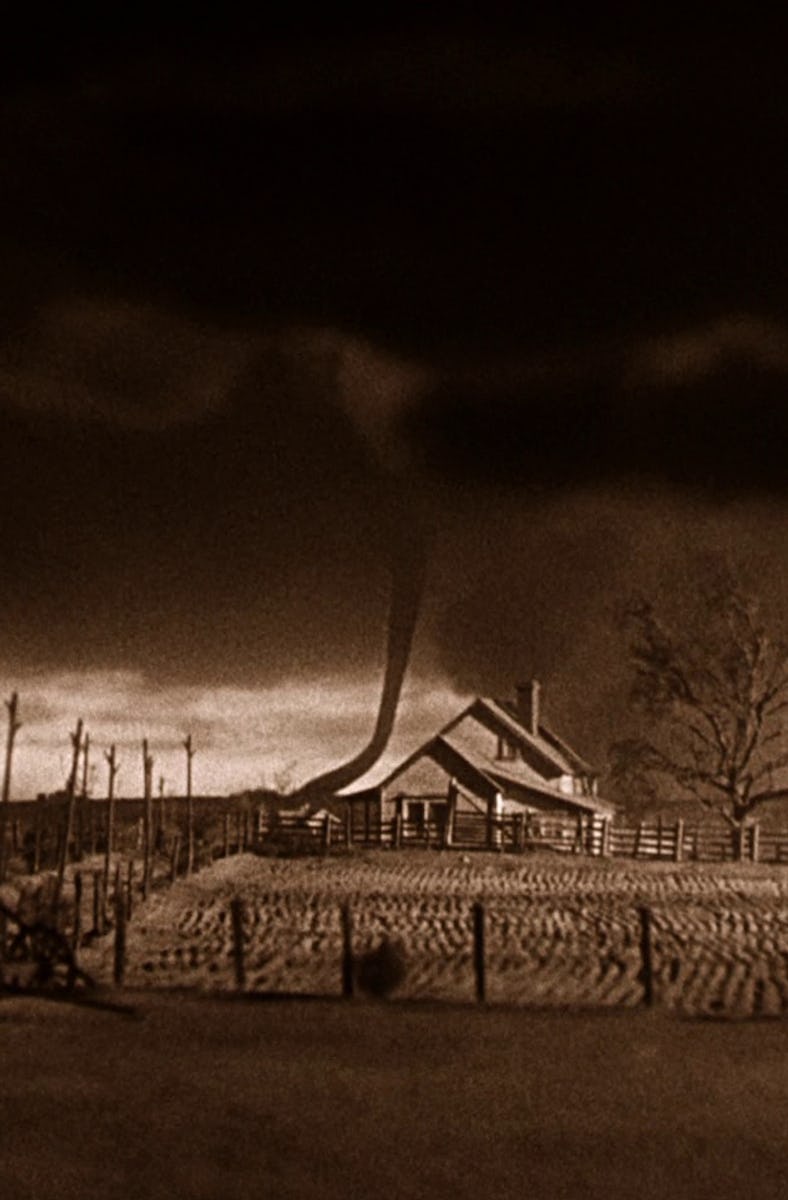Hollywood’s Oldest Blockbuster Remains a Mesmerizing Experience
All it takes is a trip somewhere over… well, you know.

Movies rely on a collision between money, technology, and artistry that can make successful films influential in wildly different ways. Some, like Citizen Kane, can make a mark by introducing new ways of writing screenplays and staging scenes. Others, whether we’re talking about 1927's The Jazz Singer or 2009's Avatar, can earn their place in movie history thanks to their technological advancements.
Few films in Hollywood history, however, have had as much of a lasting influence on visual storytelling as The Wizard of Oz. Victor Fleming's 1939 adaptation of L. Frank Baum's children's novel is a beloved rite of passage for young moviegoers, and its characters and quotes have achieved a rare level of cultural ubiquity. Almost a century after its release, a rewatch will remind you why The Wizard of Oz remains such an enduring piece of entertainment: it may very well be the greatest fantasy movie Hollywood has ever produced.
The Wizard of Oz follows Dorothy Gale (Judy Garland), a young Kansas girl caught in a tornado that transports her, her dog Toto, and her family's farmhouse to the magical land of Oz. Once there, Dorothy quickly finds herself the target of the green-skinned Wicked Witch of the West (Margaret Hamilton), who desires the magical ruby slippers that her nemesis, Glinda (Billie Burke), transported onto Dorothy's feet before she could seize them. Desperate to find a way home, Dorothy seeks out the legendary Wizard of Oz (Frank Morgan), who tells her he will grant her wish if she brings him the Wicked Witch's broomstick. Dorothy is quickly joined by a scarecrow (Ray Bolger) in need of a brain, a tin man (Jack Haley) in need of a heart, and a lion (Bert Lahr) who wants to find the courage that’s long eluded him.
As its plot suggests, The Wizard of Oz is a fairytale. Its characters are archetypes who learn valuable, timeless life lessons. Fleming's film understands this, and uses the filmmaking tools of the day to create a visual experience that looks and feels like a storybook come to life. From the obviously constructed sets and matte paintings to the purposefully over-the-top, scene-chewing performances, The Wizard of Oz is both theatrical and immersive. By dropping viewers into Dorothy's recognizable Kansas life, the film quickly gets you on its rhythm and keeps you there even as it gets increasingly hallucinogenic, nightmarish, and euphoric.
The Wizard of Oz overflows with unforgettable images and iconic characters.
Contrary to popular belief, The Wizard of Oz wasn't the first big-screen production to dabble in technicolor photography. However, no film prior to it had used the technology as ingeniously and effectively as Oz. In a perfect instance of a movie being made at the right time, The Wizard of Oz uses technicolor to distinguish its heroine's mundane Kansas life, which is rendered in sepia tones in the opening and closing segments, from the heightened vibrancy of its alternate world.
Few moments in movie history are better known than the first steps Dorothy takes into Oz. As Dorothy, with Toto in her arms, opens the door of her farmhouse, Garland is forced out of the frame, giving Fleming the chance to get ahead of her and push his camera past her home's sepia-tone and into a world of pure color. Fleming quickly cuts back to Dorothy's wonder-filled face before embarking on an impressive crane shot that smoothly glides past rows of shiny, impossibly large flowers and artificial hills before returning to an astonished Dorothy as she walks closer to the nearby town square, suddenly looking smaller than she was before.
Oz’s transition from sepia to color remains stunning.
This beautifully executed moment captures the allure of fantasy storytelling better than almost any other in movie history. This kind of meeting between artistic intention and technological invention has only happened a few times, and the jump to a never-before-seen world is so vibrantly striking that it continues to capture imaginations today.
Eighty-five years after it hit theaters, The Wizard of Oz's influence can still be felt and seen. In fact, one need look no further than Lee Isaac Chung's Twisters, which features multiple references to The Wizard of Oz, including a visual gag involving a movie theater screen and a tornado that’s about as inventive a homage to the film you'll ever see. While many movies have attempted to replicate its fantastical power, though, very few have come close.
There are many reasons for that, but the biggest secret to its success may lie in an innocuous lyric from The Wizard of Oz's most iconic song. As Dorothy stands near stacks of hay and looks toward the sky in the film's prologue, she sings, "Somewhere over the rainbow, skies are blue, and the dreams that you dare to dream… really do come true." The Wizard of Oz doesn't just feel like a Hollywood blockbuster. It feels like a dream, one too beautiful, scary, and strange to ever forget.